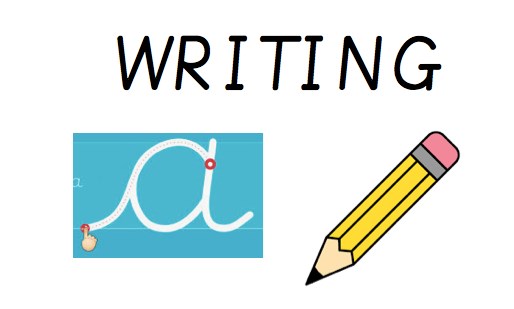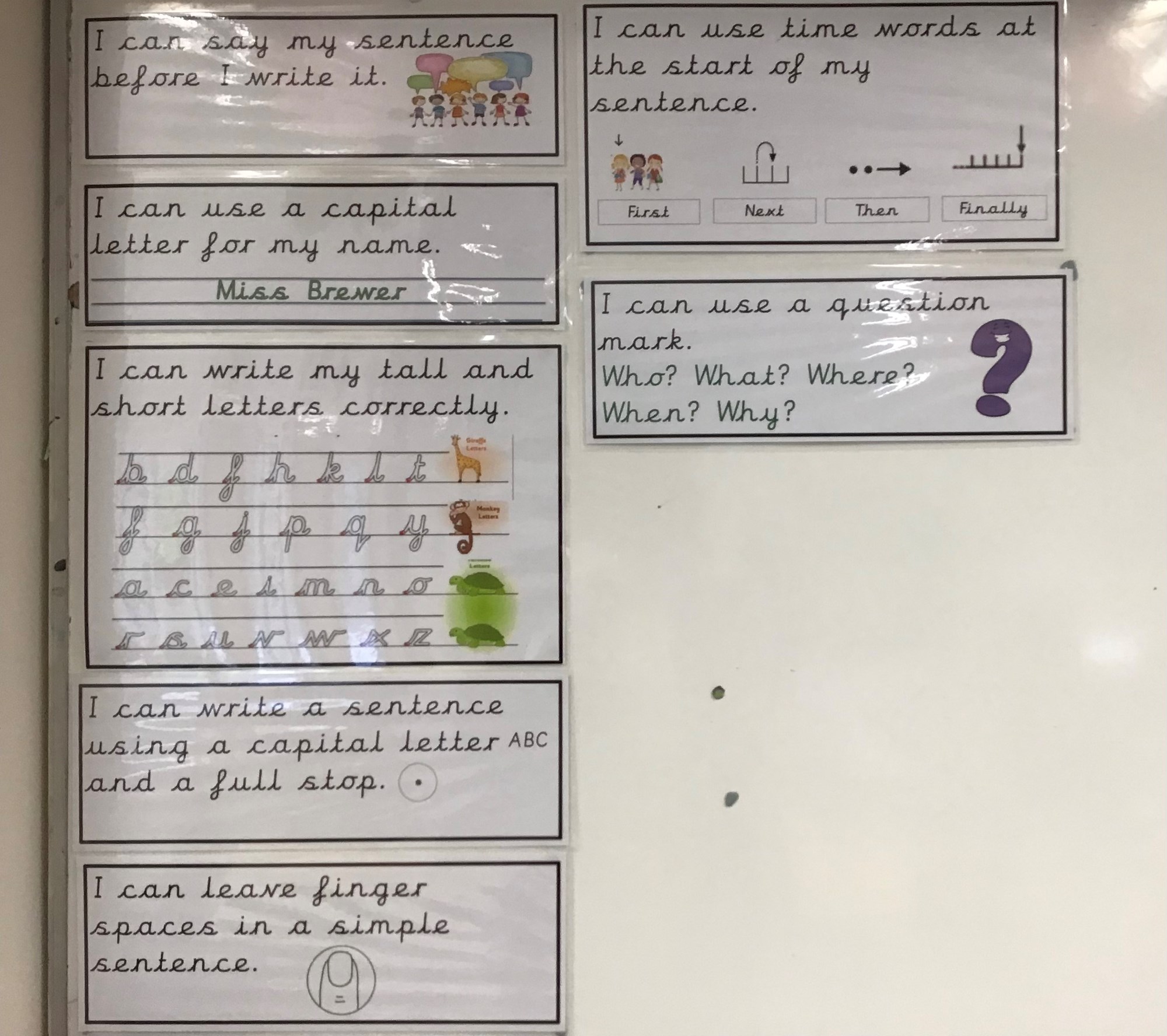
Intent:
Children will:
Implementation:
Impact:
Children write engaging pieces of work as a result of a carefully planned sequence of lessons that build towards a goal. These pieces of work are at least in line with their peers nationally.
Children embed knowledge and use it fluently. Children know the goal, the end point for their learning and how the knowledge and skills taught in each lesson will help them get there on their learning journey. More Able learners are able to showcase this knowledge and skills to a deeper level.
Children can confidently write in the written language.
I am a Clever Writer
Each year, children build on their writers’ checklist and add new skills in order to showcase that they are ‘a clever writer’. In each classroom, the ‘I am a Clever writer’ checklist for that year group is clearly displayed for all children to be able to refer to throughout any writing task. Each checklist is added to throughout the year as new skills are taught.
